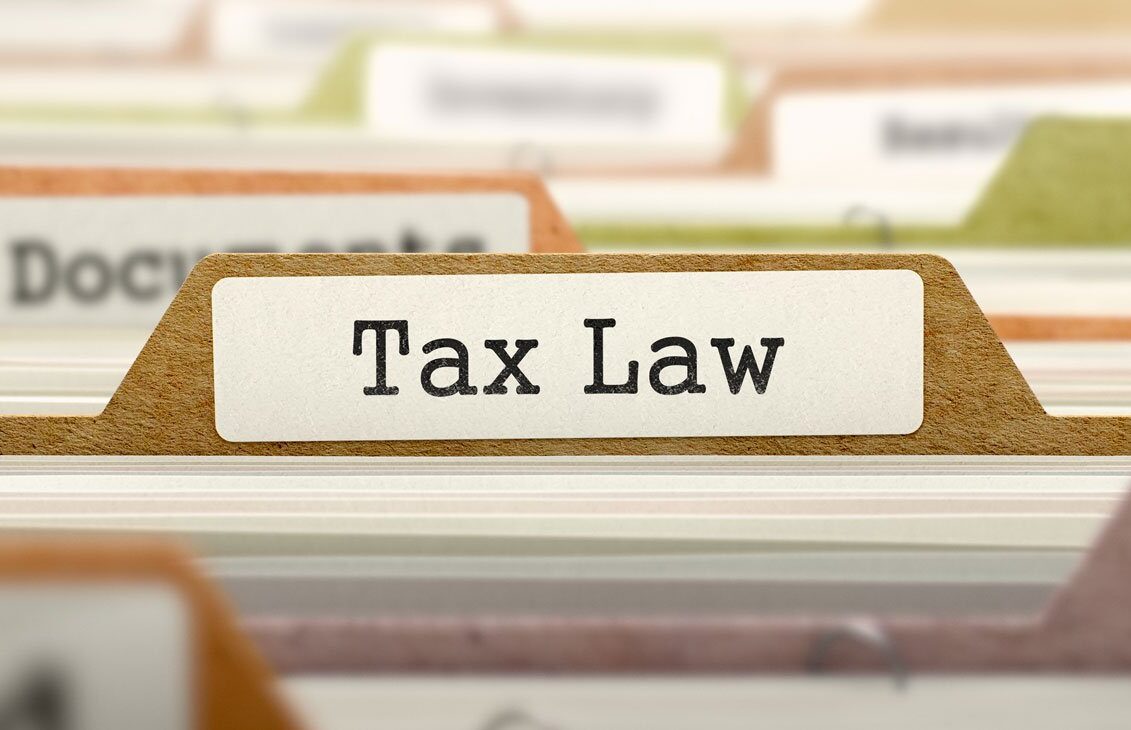Rollovers involving 401(k) accounts and IRAs usually involve moving dollars from a plan to an IRA. Sometimes it makes sense to do a “reverse rollover” instead – from an IRA to a 401(k).
Let’s get some bad news out of the way.
Although 401(k)s (and other company plans) must allow rollovers out of the plan, they do not have to allow reverse rollovers. Before withdrawing your IRA, check with your plan administrator to make sure you can do a reverse rollover. Also, the tax code only allows reverse rollovers of pre-tax (deductible) IRA funds. Roth IRA funds and after-tax (non-deductible) IRA accounts are not eligible.
So, why bother with a reverse rollover?
The main reason to do a reverse rollover is to avoid getting hit by the pro-rata rule if you’re converting traditional after-tax IRA funds to a Roth IRA – a “backdoor” Roth IRA conversion. The pro-rata rule looks at all of your non-Roth IRA accounts (including SEP and SIMPLE IRAs) as of December 31 of the year of the conversion. If you have any pre-tax funds as of that date, a portion of your conversion will be taxable. If you have rolled over your pre-tax IRAs to a 401(k) during that year, you’ll be left with only after-tax funds as of December 31. The conversion will potentially be tax-free. You still can “reverse the reverse rollover,” by rolling the 401(k) funds back to the IRA in the next year.
There are other good reasons to move your IRA to your plan:
- If you work past your “required beginning date”(April 1 after the year you turn 72), RMDs may not be required from your 401(k) until you leave your job. RMDs from your traditional IRAs must always be taken by your required beginning date.
- If you leave your job at age 55 or older, you can receive your 401(k) without worrying about the 10% penalty. With a traditional IRA, you must usually delay your distribution until 59 ½ to dodge the penalty.
- If the plan allows, you can borrow from your 401(k) plan, but not from your IRA.
- Depending on your state’s laws, your retirement savings may be protected from creditors while in a 401(k) rather than an IRA.
- Administrative and investment 401(k) fees can be lower than IRA fees.
But, like with most retirement decisions, there’s another side of the coin.
Here are good reasons to keep your money in the IRA:
- You can access your IRA savings at any time. 401(k) payouts are only available upon certain events, such as attaining age 59 ½, leaving your job, or incurring financial hardship.
- Several of the exceptions to the 10% early withdrawal penalty for distributions under 59 ½ are available only if the funds are paid from your IRA.
- Your 401(k) investment choices are usually more limited than IRA investment options.
Check with a knowledgeable financial advisor before finalizing a reverse rollover.
By Ian Berger, JD
IRA Analyst











